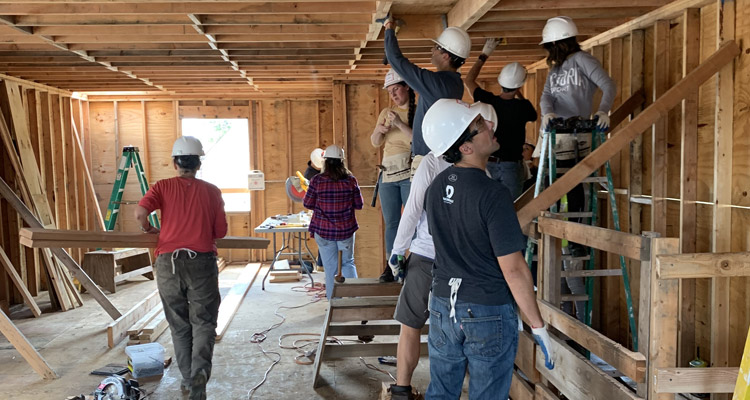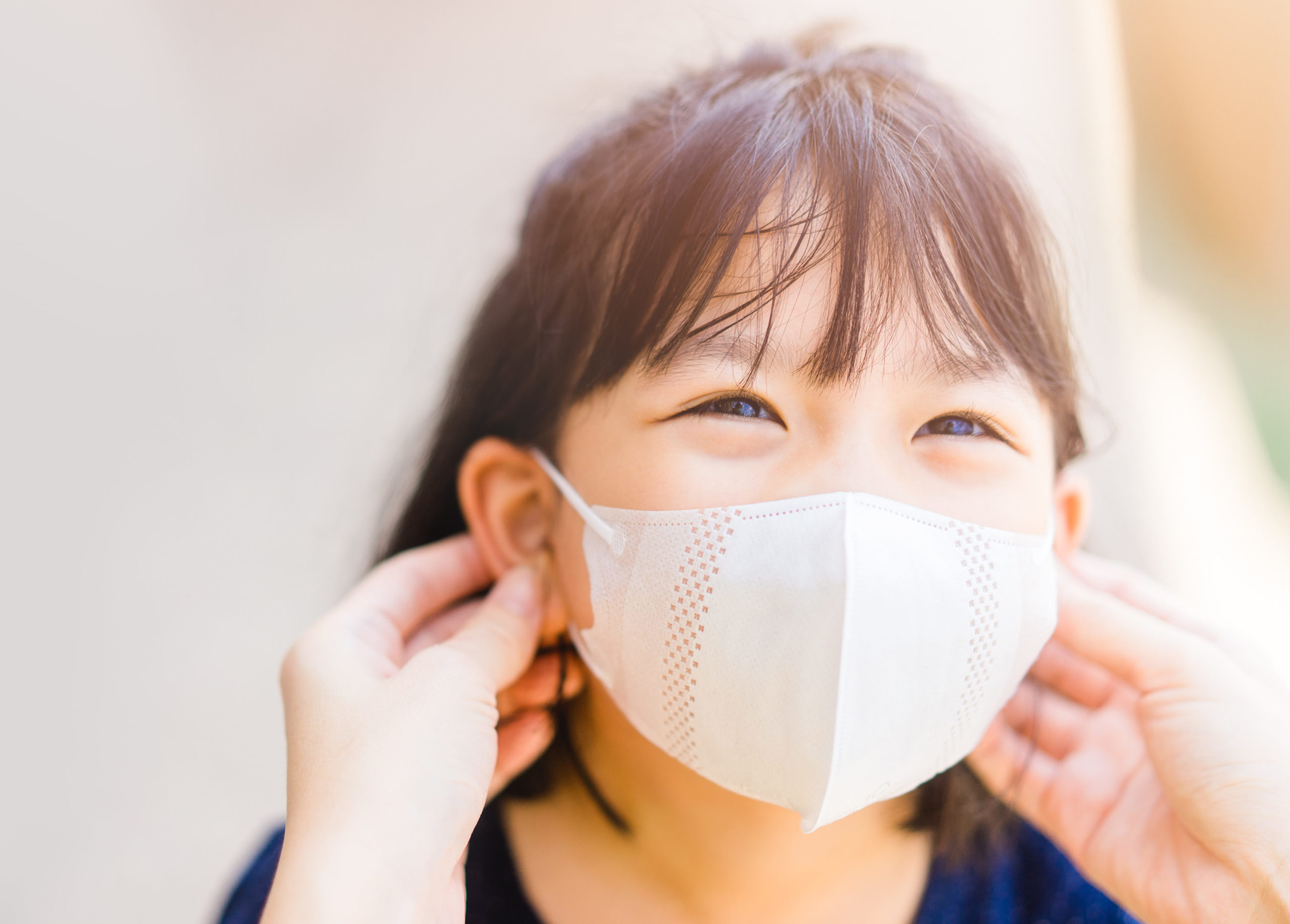Idiopathic pulmonary fibrosis (IPF) is a rare, chronic and ultimately fatal disease for which only palliative treatments existed until recently. Between 2011 and 2015, two new drugs, pirfenidone and nintedanib, were approved in the US and Europe for the treatment of IPF, providing hope for patients. The objectives of our work were to understand physicians’ expected use of these new treatments in the US and Europe, and to estimate their potential. To achieve this goal, we conducted surveys amongst US and European Union (EU) pulmonologists caring for patients with IPF. There was a significant difference between EU and US physicians in the treatment of patients with mild disease with pirfenidone; the EU physicians anticipated using pirfenidone for 57% of their patients with mild disease, whereas the US pulmonologists anticipated using it for 34% of their patients (p = 0.01). Regarding patients with severe disease, the US pulmonologists anticipated treating 74% with either pirfenidone (46%) or nintedanib (28%), whereas the EU pulmonologists treated 28% with pirfenidone and anticipated treating 20% with nintedanib. These findings suggest treatment with pirfenidone and nintedanib based on disease severity may vary between US and EU physicians, which may affect patient outcomes.


Launched in 1994, Deerfield Management Company is an investment firm dedicated to advancing healthcare through information, investment, and philanthropy—all toward the end goal of cures for disease, improved quality of life, and reduced cost of care.
Read More
Investment
Supporting companies across the healthcare ecosystem with flexible funding models…
Read More
Portfolio Companies
Deerfield generally maintains a combined portfolio of more than 150 private and public investments across the life science, medical device, diagnostic, digital health and health service industries at all stages of evolution from start-up to mature company.
Read More View Portfolio Companies
Research Collaborations
Deerfield partners with leading academic research centers, providing critical funding and expertise to further sustain and accelerate the commercialization of discoveries toward meaningful societal impact by advancing cures for disease.
Read More View Research Collaborations
Strategic Partners
As a strategic partner, Deerfield offers capital, scientific expertise, business operating support, and unique access to innovation.
Read More
Deerfield Foundation
The Deerfield Foundation is a New York City-based not-for-profit organization whose mission is to improve health, accelerate innovation and promote human equity.
Read More Meet the Foundation TeamFoundation Partners by Focus
Children's Health Diversity Initiatives Maternal Health View AllFounded Diversity Programs
Break into the Boardroom Fellowships Science to the Street (formerly Women in Science)
Cure Campus
Cure is a 12-story innovation campus in New York City that intends to bring together innovators from academia, government, industry, and the not-for-profit sectors to advance human health and accelerate the fight against disease.
Read More Join the Cure Email ListCure Programming
Cure has a series of expert lectures intended to advance thought in healthcare, management, innovation, policy, and other relevant subjects. This fosters growth and education for those at Cure and its guests.
Events at the Cure

